Proper fueling for endurance athletes means more than just replacing calories: it also involves consistent and adequate electrolyte and fluid replenishment. Fluids and electrolytes are more consumed by athletes for a number of different reasons and an electrolyte imbalance can seriously impact overall athletic performance. If you’re wondering what electrolytes are and why you might need them, all of your questions will be answered in this article!
What are electrolytes and what do they do?
Simply put,electrolytes are minerals that form electrically charged particles, or ions, in the body. But why are they important? Electrolytes are distributed through body fluids to conduct the electrical activity needed for many bodily functions, including: controlling fluid balance, muscle contractions, transmission of nerve impulses, maintaining the correct acidity (pH) of your blood, and regulating blood pressure. Because electrolytes are central to so many basic daily functions, they must be present in consistent and adequate concentrations to maintain optimal athletic performance.
Common electrolytes you might be familiar with include sodium, chloride, magnesium, calcium, and potassium. Sodium, chloride, and potassium work together to help regulate and maintain bodily fluid balance while magnesium and calcium are essential for optimal muscle function. If levels of these essential minerals drop too low during exercise, negative and painful side effects can result.
What’s in your sweat?
Because ultra endurance athletes sweat much more than the average person, certain nutrients and hydration levels diminish more quickly as most electrolytes are lost in sweat and urine. The amount of electrolytes someone needs depends on the sweat rate: some people sweat more than others, meaning that some athletes lose more electrolytes in their sweat than others.
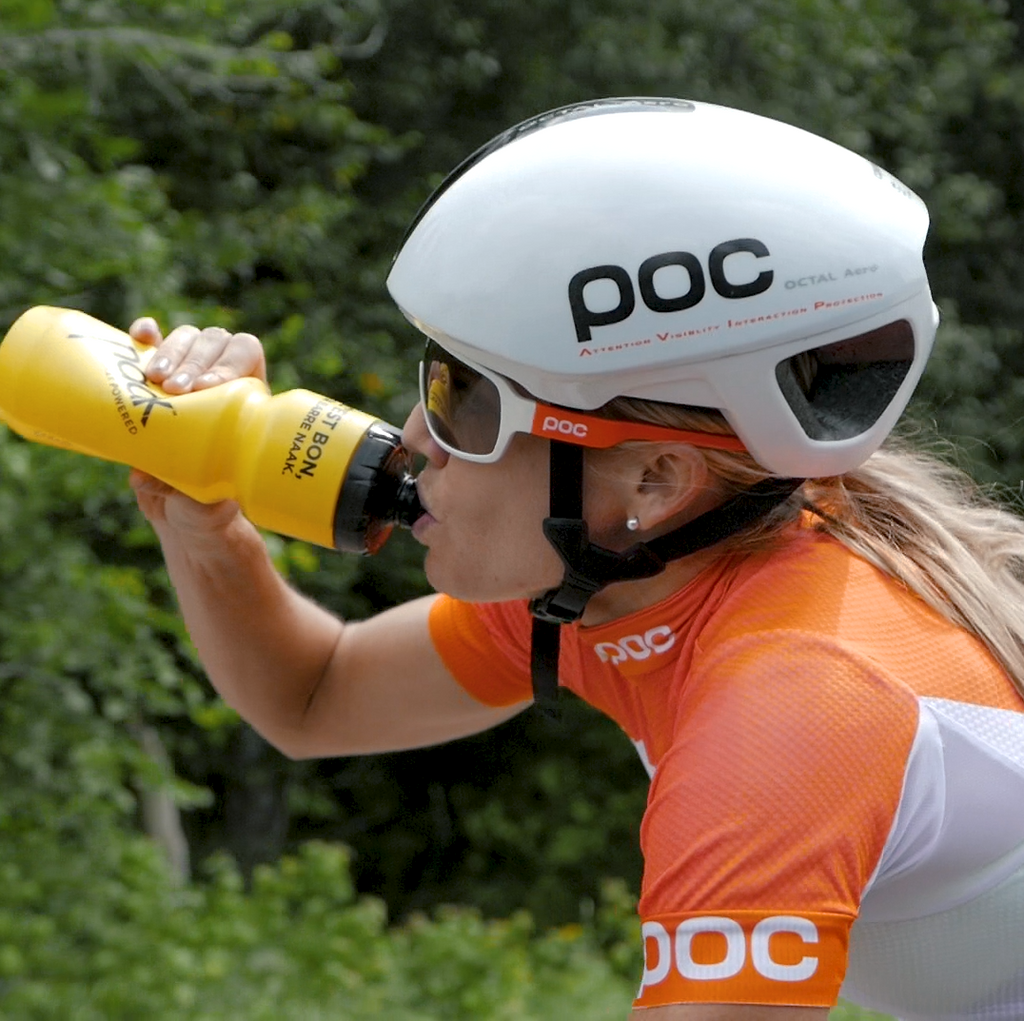
Sweat rates can range up to 3.5 liters/hour in trained athletes and even greater (up to 8.8 liters/hour) if wearing protective clothing. Sodium and chloride are the most abundant electrolytes in sweat with potassium, magnesium, and calcium present in trace amounts. In 1 liter of sweat, athletes lose around 460-1840 mg of sodium, 710-2840 mg of chloride, 160-390 mg of potassium, 0-36 mg of magnesium, and 0-120 mg of calcium. For example, a runner who loses 2 liters of sweat in 1 hour loses anywhere between 920-3,680 mg of sodium.
When to replenish electrolytes
If your workout lasts for an hour or less, chances are that your electrolyte losses are minimal. The same goes for a workout that doesn’t result in much sweating. During these types of workouts, water should be enough to keep you properly hydrated.
Electrolyte replacement becomes important during intense training lasting more than 1 hour. Additionally, if you live in a really hot climate or are prone to sweating, replenishing electrolytes lost in sweat is vital to prevent negative effects such as cramping or muscle spasms. Unfortunately, electrolyte needs vary much more than caloric needs as sweat composition differs according to diet, sweat rates, hydration level, and heat acclimation state. It would be beneficial to experiment while training until you have this aspect of refueling tailored to your specific requirements under various conditions. You can click here to calculate your sweat rates to determine how much fluid and electrolytes you need to drink during a workout.
Electrolyte deficiency
Because electrolytes are so essential for a variety of bodily functions, adeficiency can cause some serious issues. Muscle cramping and weakness usually involves improper hydration or electrolyte replenishment since electrolytes play a role in the firing of electrical charges that cause muscle contractions. When you reach this point of deficiency, athletic performance has already been severely compromised for some time. Just as you would never wait until bonking before replenishing calories, you should never wait until you’re cramping before refueling on electrolytes.
When should athletes replace electrolytes?
It is essential that athletes give the body what it needs to properly recover. Before a workout, athletes should maintain a euhydrated state. Drinking 5-7 mL/kg 4 hours before exercise helps prime the stomach with a comfortable volume of fluid. If you are a salty sweater, consuming salted snacks or small amounts of fluids with 20-50 mmol/L (0.5-1 g/L) can help retain body fluids.
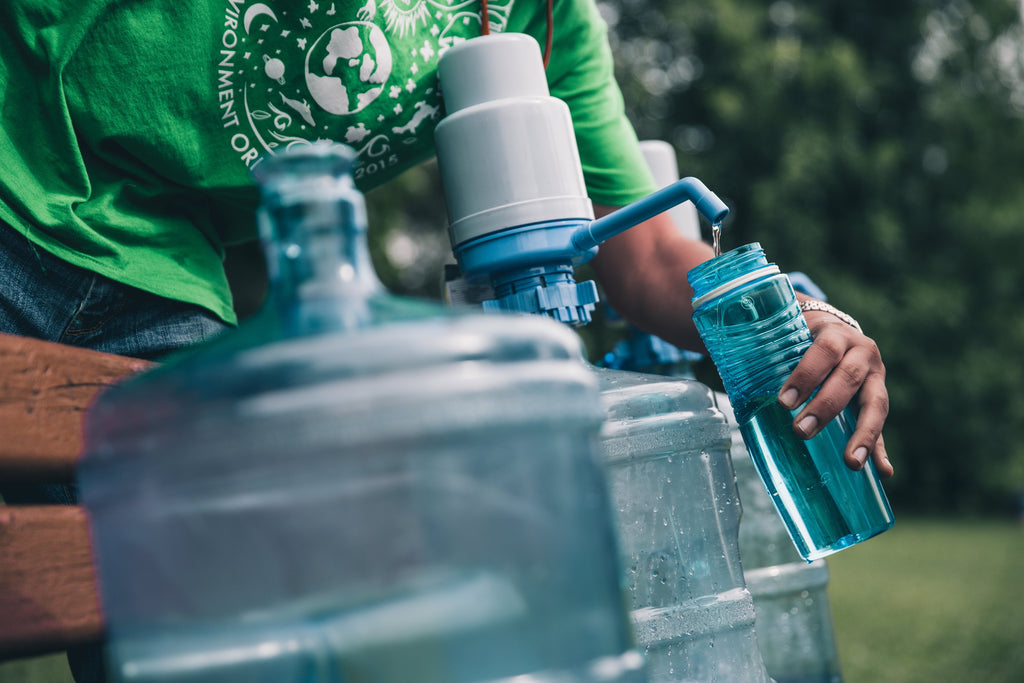
During a workout, the primary goal is to replace water and electrolytes lost while avoiding excessive dehydration (>2% of body weight lost). Electrolyte products that contain sodium and carbohydrates are ideal while training as sodium replaces lost electrolytes. Some sports drinks are extremely high in sugar, soalternating between a sports drink and water can help avoid stomach distress. Alternatively, you can make your own recipe at home by mixing 1 liter of water, 0.3-0.5 grams of salt, 1 liter of juice, and lemon juice for taste! The amount of fluid and electrolytes you require will depend on sweat rates and the environment, as ingestion of fluids should match sweat rate losses to prevent dehydration.
After a workout, it is easier to retain water in the body with some salt intake. Eating salty foods can help you rehydrate faster than just drinking water itself. If weight loss is higher than 3.5 kg, salt foods and snacks are encouraged: you should aim for up to 2 grams of sodium/L of water. Additionally, make sure to consume at least 3 servings of food rich in potassium.
Sources of electrolytes
Electrolytes are found in many sports drinks and electrolyte tabs. However, they are also found in food! Sodium-rich foods include salted nuts/trail mix, crackers, or pretzels. Bananas, citrus fruits, and dark leafy greens are high in potassium. Pumpkin seeds, almonds, cashews, peanut butter, and spinach are good sources of magnesium. Foods high in calcium include almonds, broccoli, kale, and sesame seeds. You can find chloride in tomatoes, celery, and olives.

Alternatively, Näak Ultra Energy™ bars in the are specially designed to carry electrolytes to support endurance athletes during exercise! These flavors are rich in electrolytes, with each bar containing 180 mg of sodium and 400 mg of potassium. Therefore, they help to maintain electrolyte balance while replenishing carbohydrate andprotein stores in the body!
In conclusion
Electrolytes are central to any endurance athlete’s performance. They play a critical role in many bodily functions, including controlling fluid balance, muscle contractions, and more. It’s no surprise then that a deficiency leads to decreased performance. Thankfully, you can replenish your electrolytes with a variety of foods, includingNäak Ultra Energy™ bars! The last thing you want after training for months is to ruin your performance with poornutrition.
If you have discovered some Näak products in this article and would like to try more, don't hesitate any longer: find all our productshere!


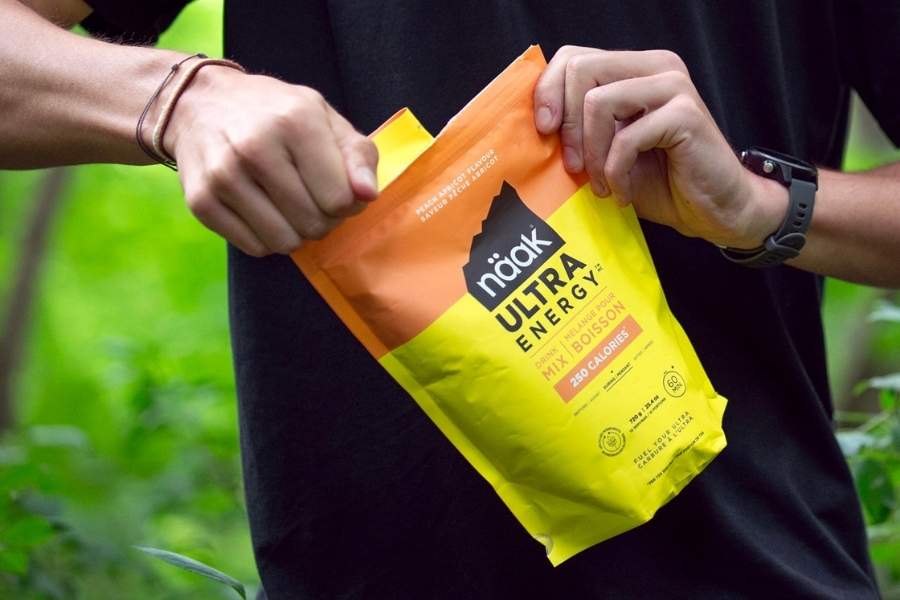
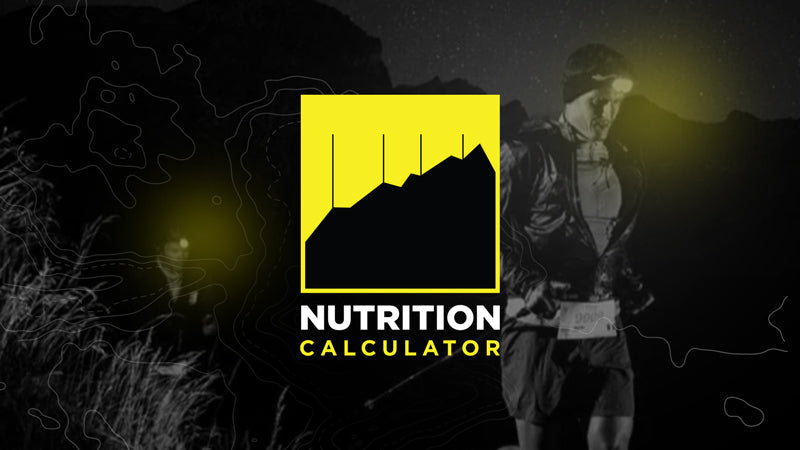
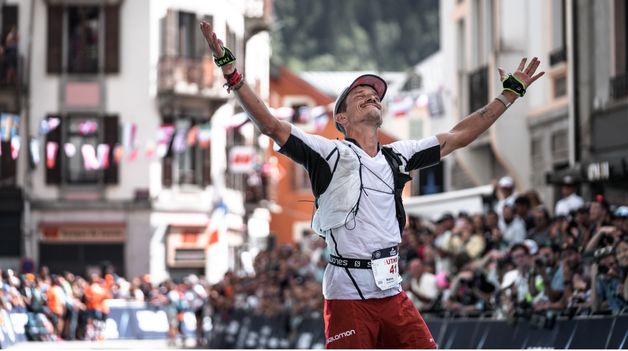


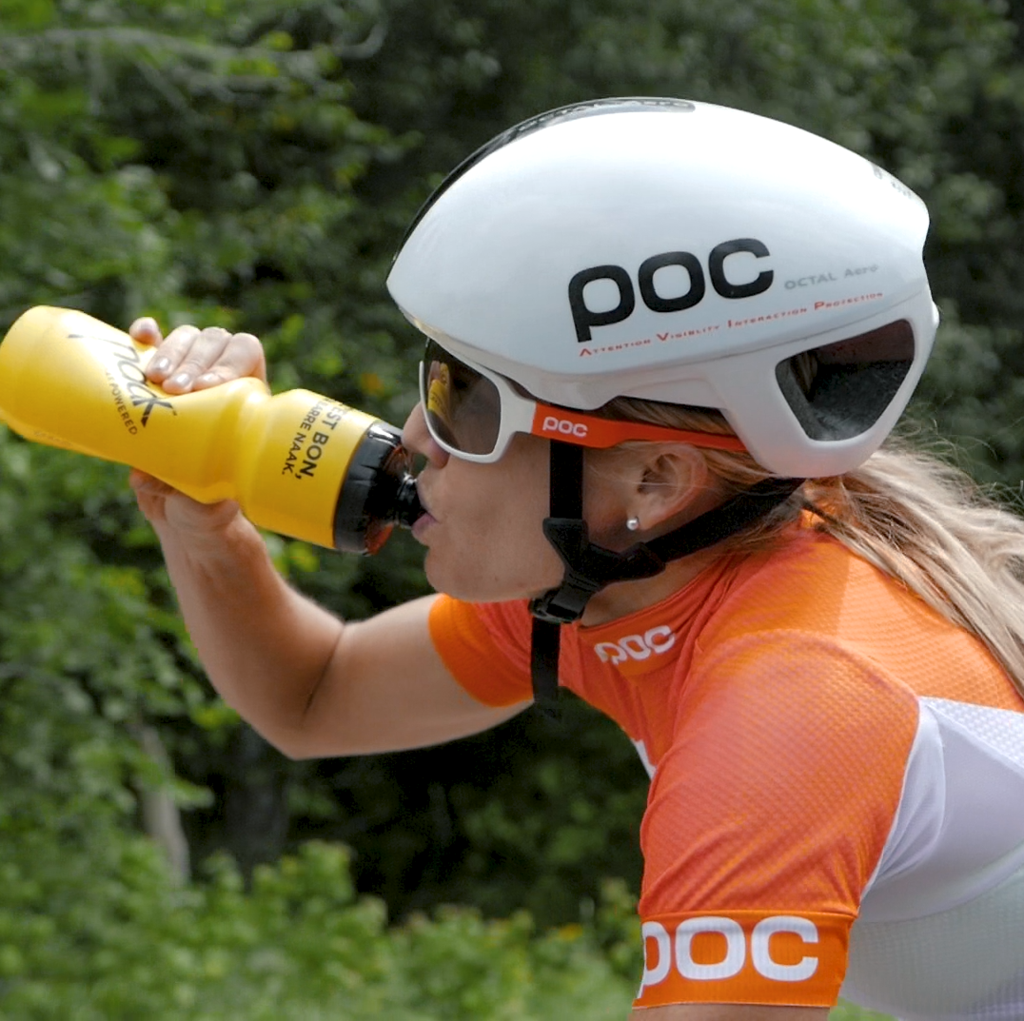
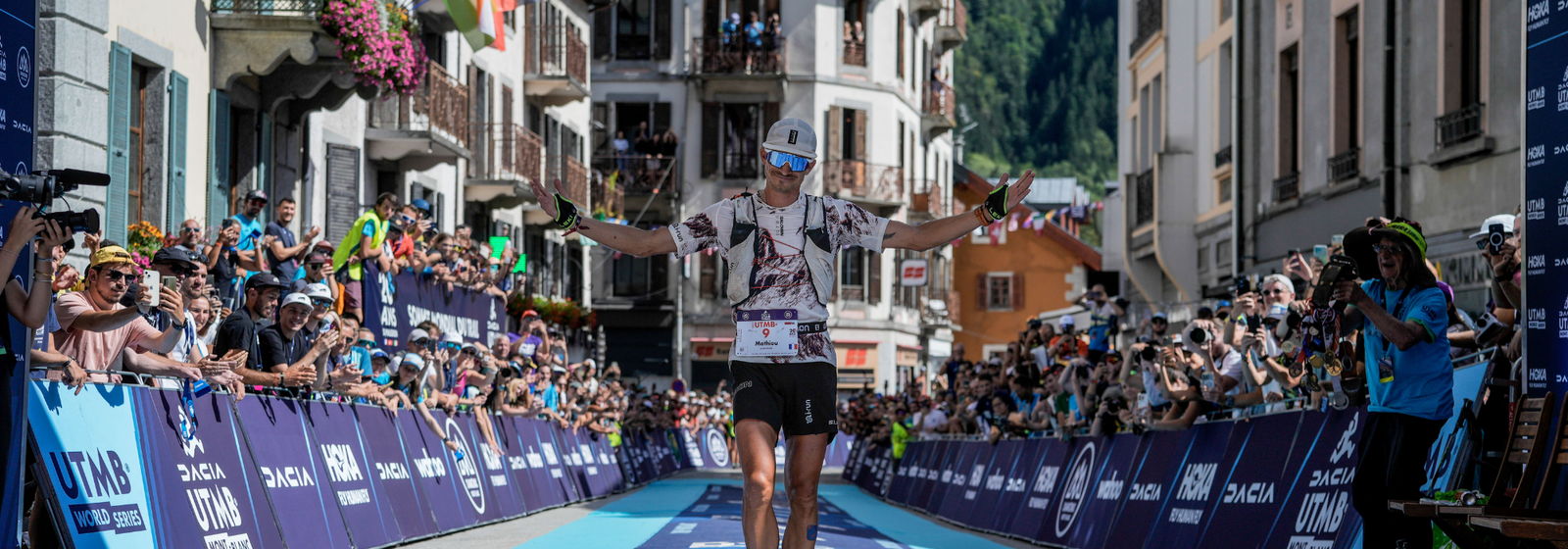

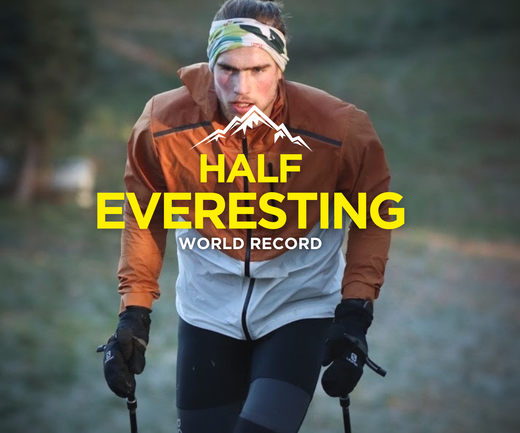


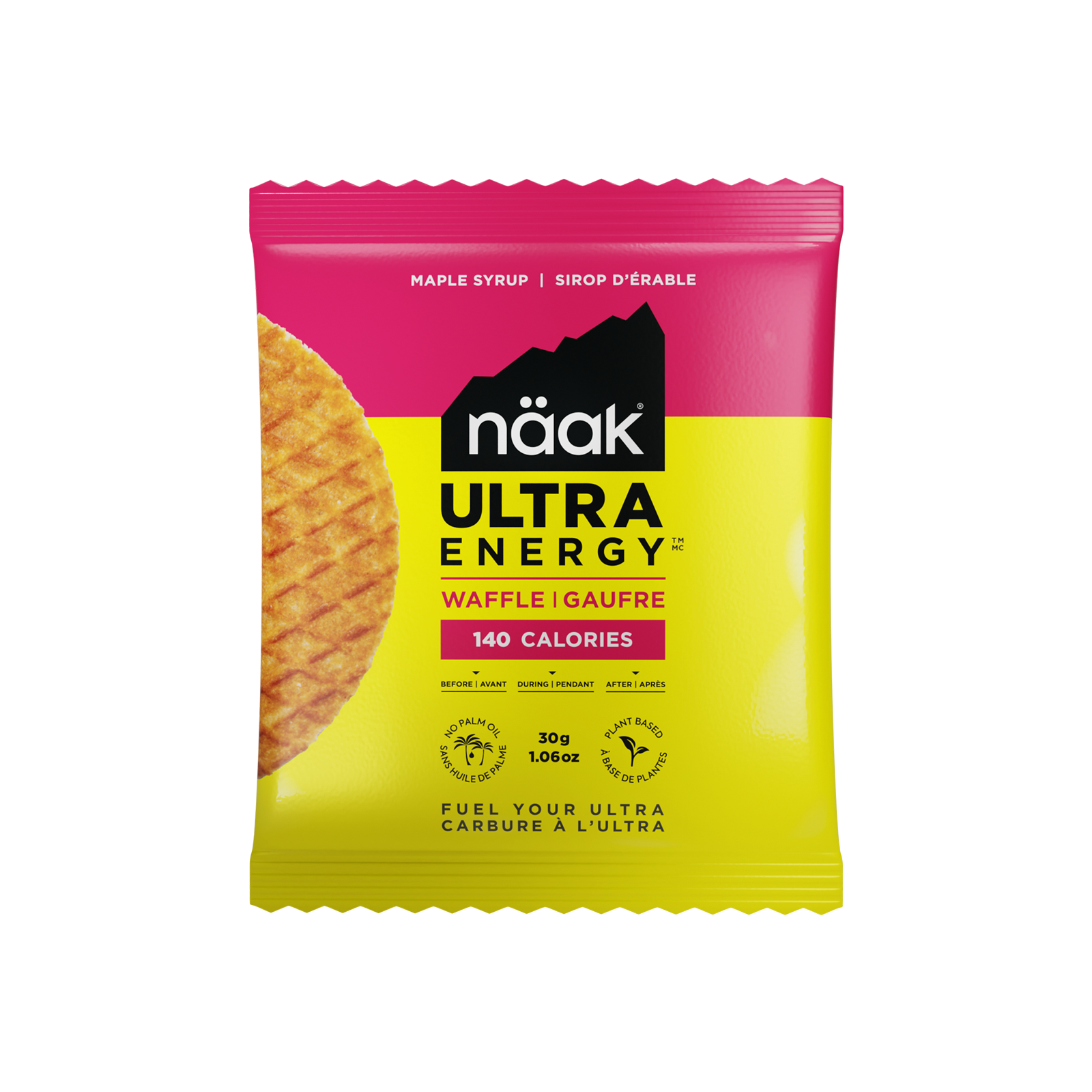
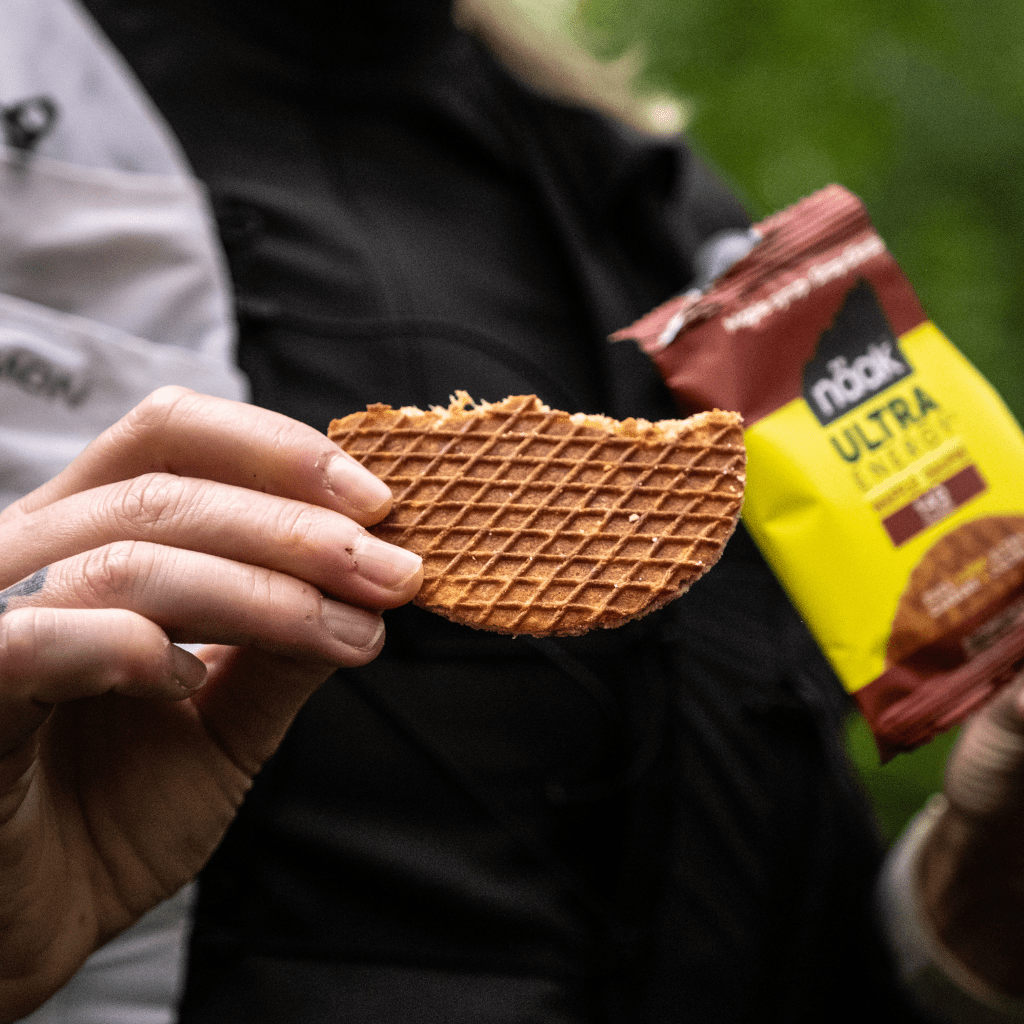
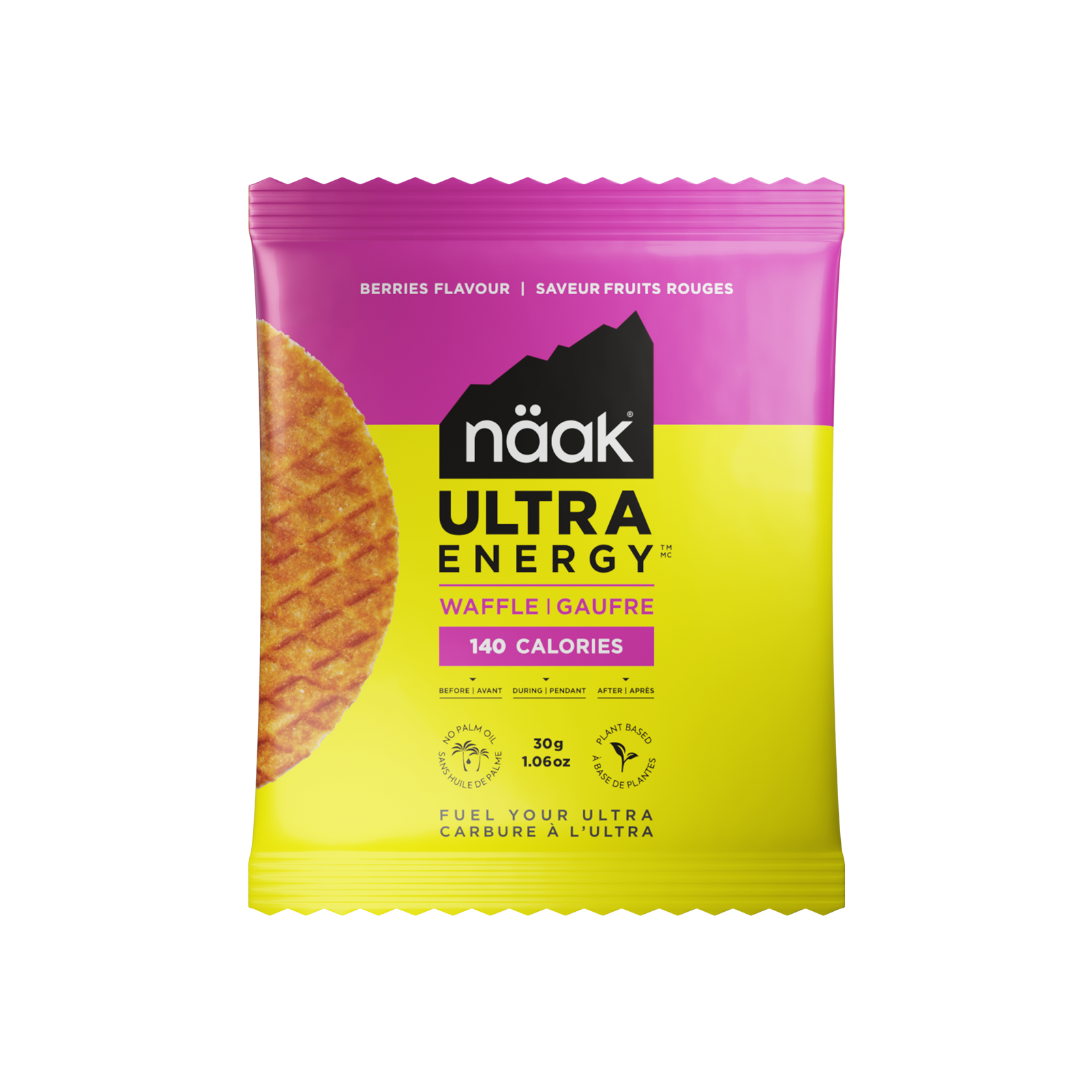


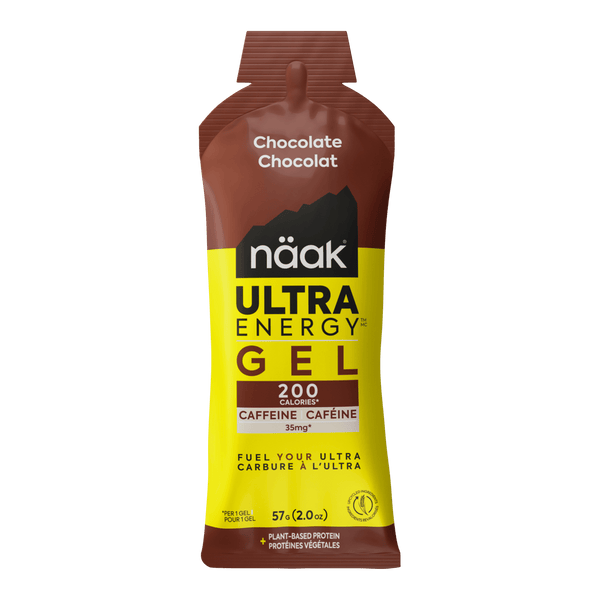
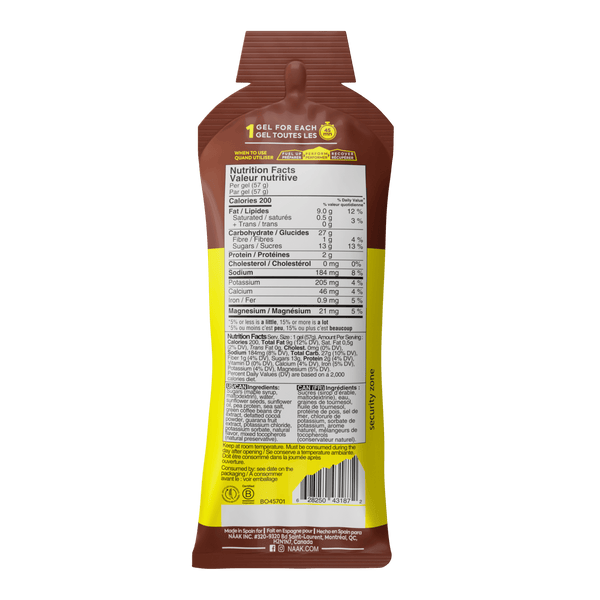
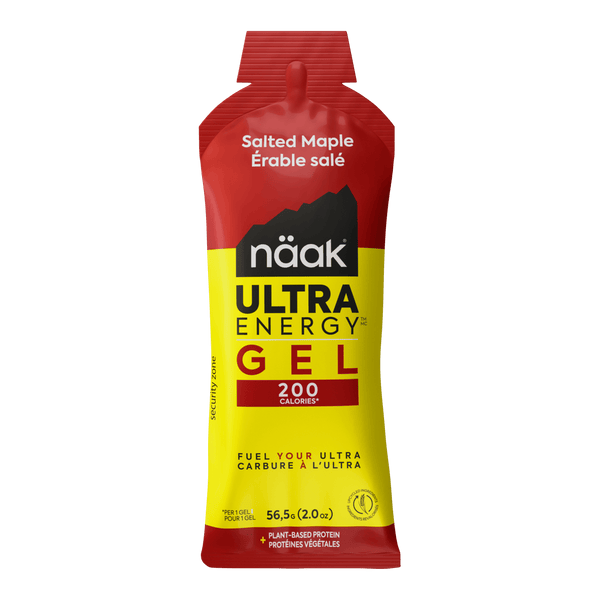
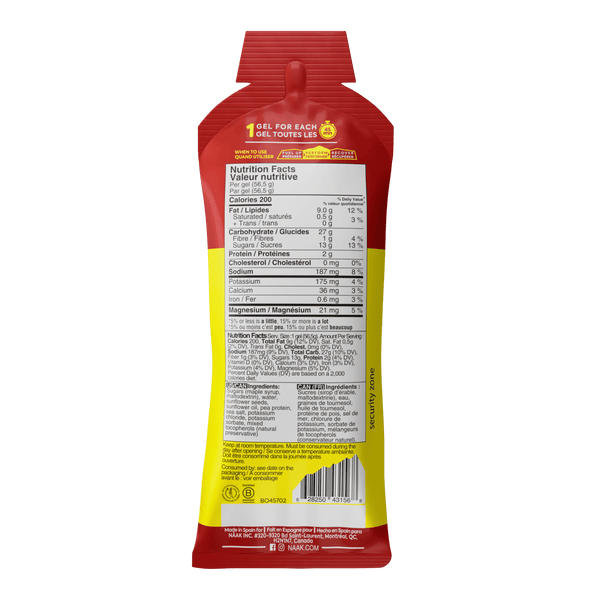
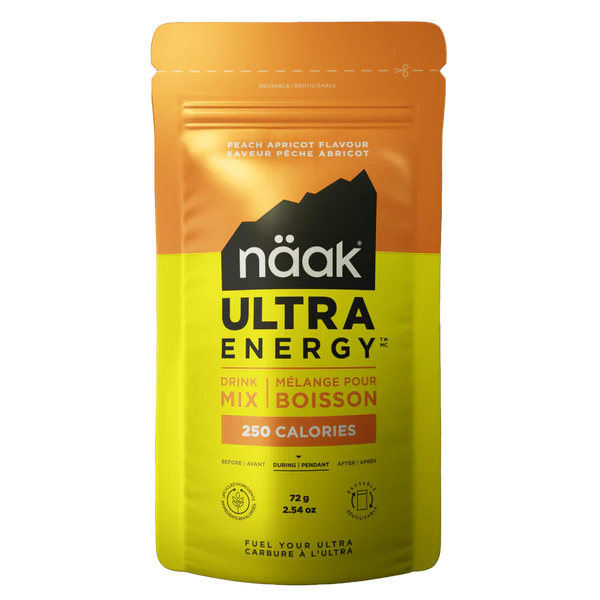
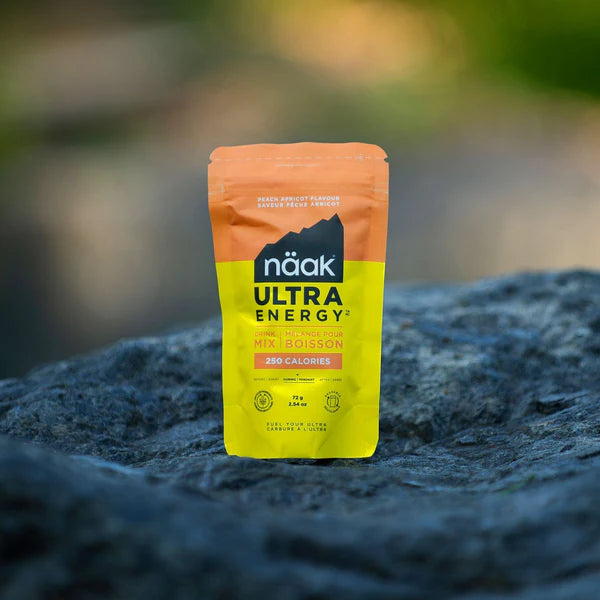


Leave a comment (all fields required)